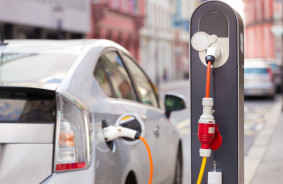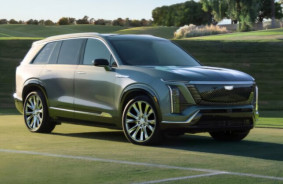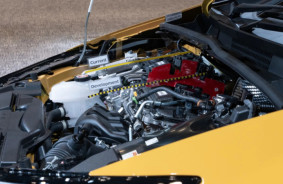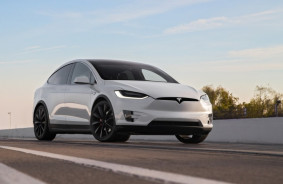Tesla, as is well known, does not even produce hybrids (only "clean" ones on battery BEV), but this does not prevent Elon Musk's company from helping to sell declining ICE cars and making very good money on so-called regulatory credits (quite ironically). You can see this once again by looking at Tesla's recent annual report on Form 10-K, filed with the US Securities and Exchange Commission (SEC).
Recall that regulatory credits (zero-emission vehicle) are actually "clean" subsidies from other car manufacturers that do not comply with the environmental standards (limits on emissions) in force in different countries. In this case, car manufacturers, in order to avoid problems with regulators and fines, are forced to buy the so-called regulatory credits from another car manufacturer that meets these requirements. For example, from Tesla, which produces exclusively electric vehicles.
And for Tesla, this is a very profitable business (since there are no additional expenses): in 2023 alone, the company earned $1.79 billion from these credits (total revenue for 2023 - $96.77 billion), and since 2009, this business has brought in nearly $9 billion.
Easy money for Tesla - how much Elon Musk's company has made from regulatory credits
Yes, the share of these credits in total sales may not look as impressive as in absolute numbers taken separately. However, Tesla does not incur practically any additional expenses for these credits, so all income from them is actually pure profit. Therefore, this is a rather pleasant bonus - in 2020, it was thanks to these credits that Tesla became profitable for the first time. At that time, Zachary Kirkhorn, who was then the CFO of Tesla, stated that he expected the profit from the credits to gradually dissipate. But the opposite happened: in 2020, Tesla earned $1.58 billion from these credits, then in 2021 this direction contributed 7%, but then the company received more than $1.7 billion annually (in 2022 and 2023).
And nothing indicates a change in this very positive trend for Tesla: emission rules are only getting stricter - Europe has set more stringent emission standards for vehicles, starting next year, and the UK has approved new rules with a gradual ban on ICE vehicles (from 2024, the share of zero-emission models in the sales structure of each car manufacturer is not less than 22%).
Furthermore, the delay in electrification by other car manufacturers (Volkswagen, General Motors, and others in the backdrop of failing to meet set targets significantly cut investments in the electric vehicle direction and postponed or even canceled certain projects/initiatives) ensures that this business direction of Elon Musk's company (selling regulatory credits) will continue to flourish in the future. Besides the mentioned VW and GM, in recent years Honda and Jaguar Land Rover have also needed help in meeting emission standards.














Comments (0)
There are no comments for now